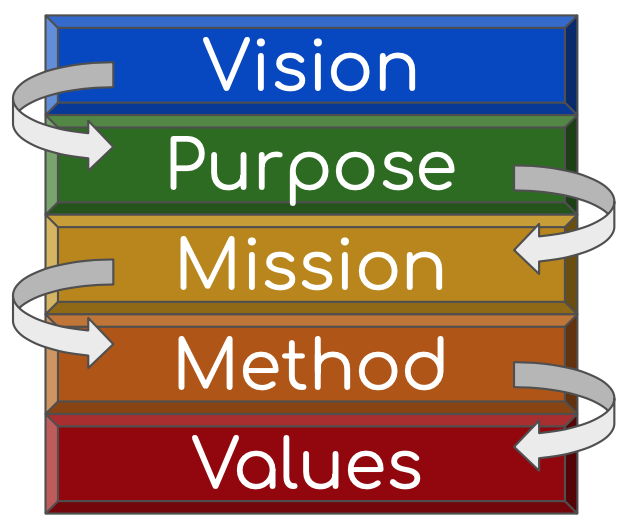The SHARE agenda
Better Security, Health, Access, Resilience & Evaluation for all.
"Sharing information and intelligence to improve security, health, access, resilience, and evaluation," encapsulates a powerful, holistic approach to societal and organisational improvement.
It recognises that knowledge is power, and when that knowledge is shared strategically, it can unlock significant advancements across critical domains.
Read more
Here's how sharing information and intelligence improves each of these areas:

1. Security
-
Threat Anticipation and Prevention: Sharing intelligence on emerging threats (cyber, physical, health-related, social) allows organizations and individuals to proactively implement protective measures, patch vulnerabilities, and develop response strategies before an attack or incident occurs.
-
Example: Cybersecurity threat intelligence feeds shared between businesses or government agencies. Local police sharing crime trend data with community watch groups.
-
-
Rapid Response and Mitigation: In the event of an incident, shared information about its nature, spread, and impact enables faster and more coordinated responses, minimizing damage and recovery time.
-
Example: Real-time sharing of incident details during a public safety crisis. Information on effective lockdown procedures shared across school districts.
-
-
Best Practices and Lessons Learned: Sharing information on successful security protocols, risk assessments, and post-incident analyses helps everyone refine their approaches and learn from collective experience.
2. Health
-
Disease Surveillance and Outbreak Control: Real-time sharing of epidemiological data, genomic sequencing of pathogens, and clinical findings is critical for identifying and containing outbreaks, developing vaccines, and guiding public health interventions.
-
Example: International health organizations like WHO sharing data during pandemics. Local health authorities sharing information on immunization rates or public health advisories.
-
-
Improved Healthcare Delivery and Outcomes: Sharing patient data (securely and ethically), clinical research findings, and treatment protocols enables personalized medicine, more effective therapies, and higher standards of care.
-
Example: Electronic health record systems allowing seamless sharing between different care providers. Shared knowledge on rare disease treatments among specialists.
-
-
Health Promotion and Prevention: Disseminating accurate, evidence-based health information empowers individuals and communities to make healthier choices, leading to better public health outcomes.
-
Example: Public health campaigns based on shared research about nutrition or exercise.
-


3. Access
-
Barrier Identification and Removal: Sharing intelligence on where and why access gaps exist (e.g., lack of digital literacy, transportation issues, physical barriers, discriminatory practices) allows for targeted interventions to improve inclusivity.
-
Example: Community groups sharing insights on transport challenges for elderly residents to access services. Data on digital exclusion guiding public Wi-Fi initiatives.
-
-
Resource Navigation: Providing clear, accessible, and up-to-date information about available services, resources, and support networks (e.g., welfare, housing, education, legal aid) helps individuals navigate complex systems.
-
Example: A centralized, shared database of local community support services.
-
-
Equitable Distribution: Intelligence on unmet needs or disparities allows for the more equitable distribution of resources and opportunities, ensuring that those who need access most are reached.
4. Resilience
-
Risk Assessment and Preparedness: Sharing intelligence about potential hazards (natural disasters, economic downturns, social unrest) and community vulnerabilities enables more effective planning, resource allocation, and preparedness activities.
-
Example: Meteorological data sharing for flood warnings. Economic forecasts shared to help businesses prepare for recessions.
-
-
Adaptive Capacity Building: Sharing knowledge about effective coping strategies, successful recovery efforts, and innovative solutions helps individuals and communities build their capacity to absorb, adapt to, and recover from shocks.
-
Example: Sharing case studies of successful community recovery post-disaster. Training programs based on shared best practices for mental health support in crises.
-
-
Strengthening Networks: The very act of sharing information builds trust and strengthens relationships between different stakeholders (government, NGOs, businesses, citizens), which are vital during times of crisis.


5. Evaluation
-
Performance Benchmarking: Sharing data and metrics on program effectiveness, service delivery, or project outcomes allows for benchmarking against best practices and identifying areas for improvement.
-
Example: Schools sharing student attainment data to identify effective teaching methods.
-
-
Evidence-Based Decision Making: Intelligence derived from shared evaluation data provides the evidence needed to make informed decisions about resource allocation, policy adjustments, and strategy shifts.
-
Example: Public funds being reallocated based on evaluation of which social programs achieve the best results.
-
-
Transparency and Accountability: Openly sharing evaluation results fosters transparency, builds trust with stakeholders, and holds organizations accountable for their commitments and impact.
-
Example: Non-profits publishing their annual impact reports. Government agencies making evaluation data publicly available.
-


